Yoga Blog
Understanding the Eight Limbs of Yoga: A Guide to Ashtanga’s Foundational Principles
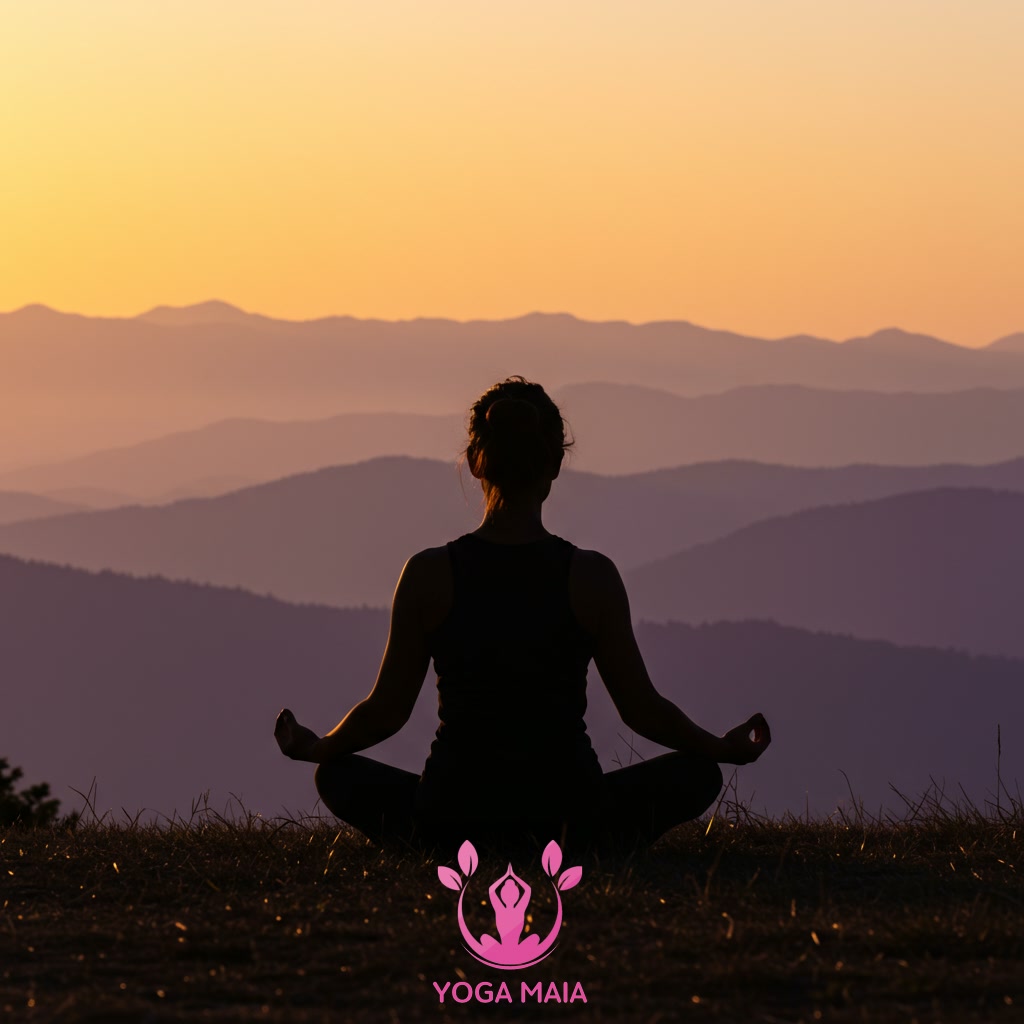
This content explores the core philosophy of yoga by detailing its eight fundamental limbs. It serves as a guide to understanding these foundational principles, specifically within the context of the Ashtanga practice. The aim is to illuminate this structured path towards holistic well-being and inner harmony.
Table of Contents
- Section 1: Introduction: What Are the Eight Limbs of Yoga?
- Section 2: The Ethical Foundation: Understanding Yamas (Restraints)
- Section 3: Cultivating Self-Discipline: Exploring Niyamas (Observances)
- Section 4: The Physical Practice: Asana (Postures) and Pranayama (Breath Control)
- Section 5: Turning Inward: Pratyahara (Sense Withdrawal)
- Section 6: Concentration and Meditation: Dharana (Concentration) and Dhyana (Meditation)
- Section 7: The State of Union: Samadhi (Absorption)
- Section 8: Integrating the Eight Limbs in Ashtanga Yoga Practice
Section 1: Introduction: What Are the Eight Limbs of Yoga?
The Eight Limbs of Yoga, known in Sanskrit as Ashtanga, form the philosophical foundation upon which the practice of yoga is built. Outlined by the ancient sage Patanjali in the Yoga Sutras, this comprehensive framework provides a structured, step-by-step path towards achieving inner harmony, well-being, and ultimately, a state of union. More than just physical exercises, the eight limbs encompass ethical guidelines, self-discipline, physical postures, breath control, sense withdrawal, concentration, meditation, and ultimate absorption. This introductory section serves to define what these eight foundational principles are and why understanding them is crucial for anyone seeking a deeper connection to the practice of yoga, moving beyond the physical aspects to embrace its holistic potential.
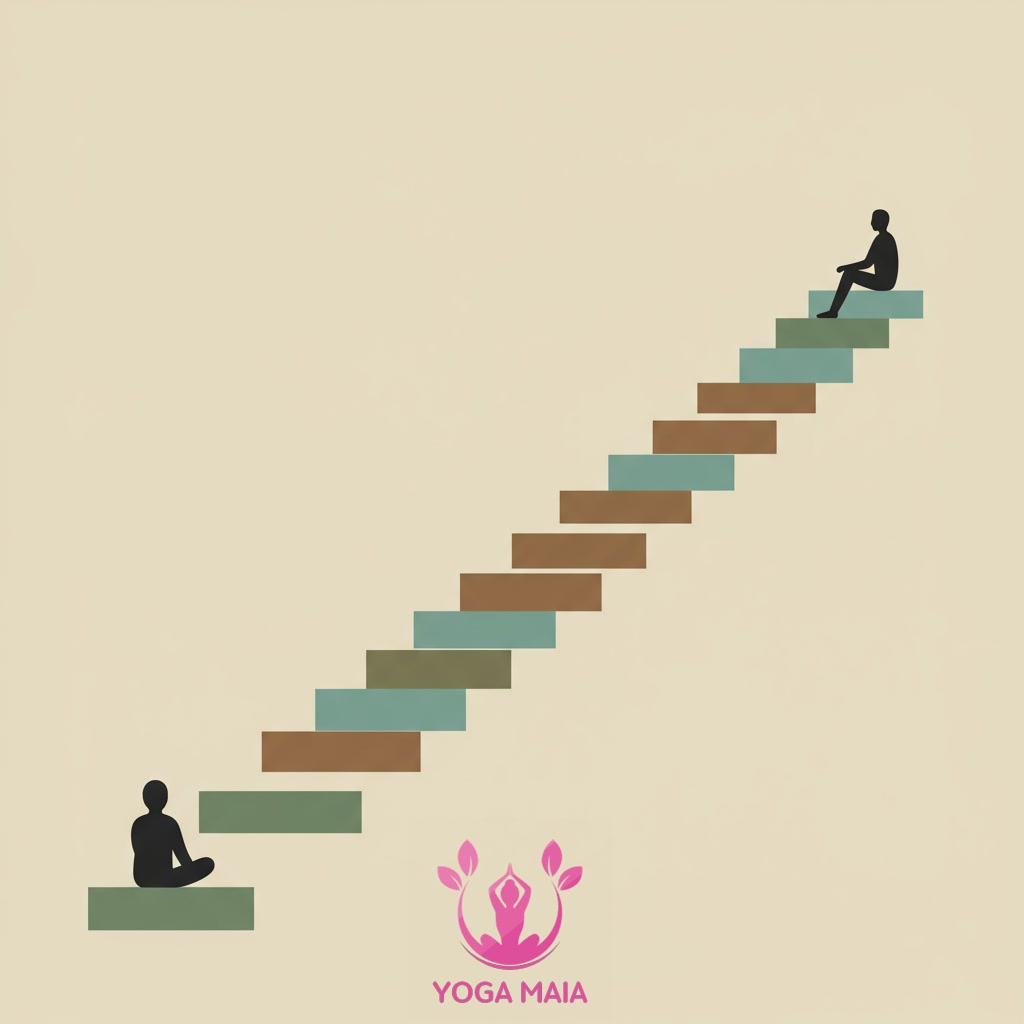 Introduction: What Are the Eight Limbs of Yoga?
Introduction: What Are the Eight Limbs of Yoga?
Section 2: The Ethical Foundation: Understanding Yamas (Restraints)
The journey along the eight limbs of yoga begins with the Yamas, which serve as the ethical foundation for practice and life. These five principles guide our interactions with the external world and others. They include Ahimsa (non-violence), Satya (truthfulness), Asteya (non-stealing), Brahmacharya (right use of energy, often interpreted as moderation), and Aparigraha (non-possessiveness). Understanding and integrating the Yamas is considered crucial because they cultivate a harmonious relationship with our environment and fellow beings, creating a stable inner state necessary for deeper yogic practices. They are not merely commandments but rather guidelines for fostering compassion, integrity, and respect in all aspects of life.
 The Ethical Foundation: Understanding Yamas (Restraints)
The Ethical Foundation: Understanding Yamas (Restraints)
Section 3: Cultivating Self-Discipline: Exploring Niyamas (Observances)
Transitioning from the external focus of Yamas, the second limb of yoga, Niyamas, guides us towards internal cultivation and self-discipline. While Yamas deal with our ethical conduct towards others, Niyamas are observances directed towards ourselves. They represent a personal code for living a purposeful and harmonious life, focusing on inner purity, contentment, austerity, self-study, and surrender to a higher principle. Practicing Niyamas helps build resilience, develop inner strength, and purify the mind, laying the groundwork for deeper yogic practices. Cultivating these observances fosters a disciplined approach not only to our yoga practice but also to our daily habits and thoughts, leading to greater self-awareness and inner peace.
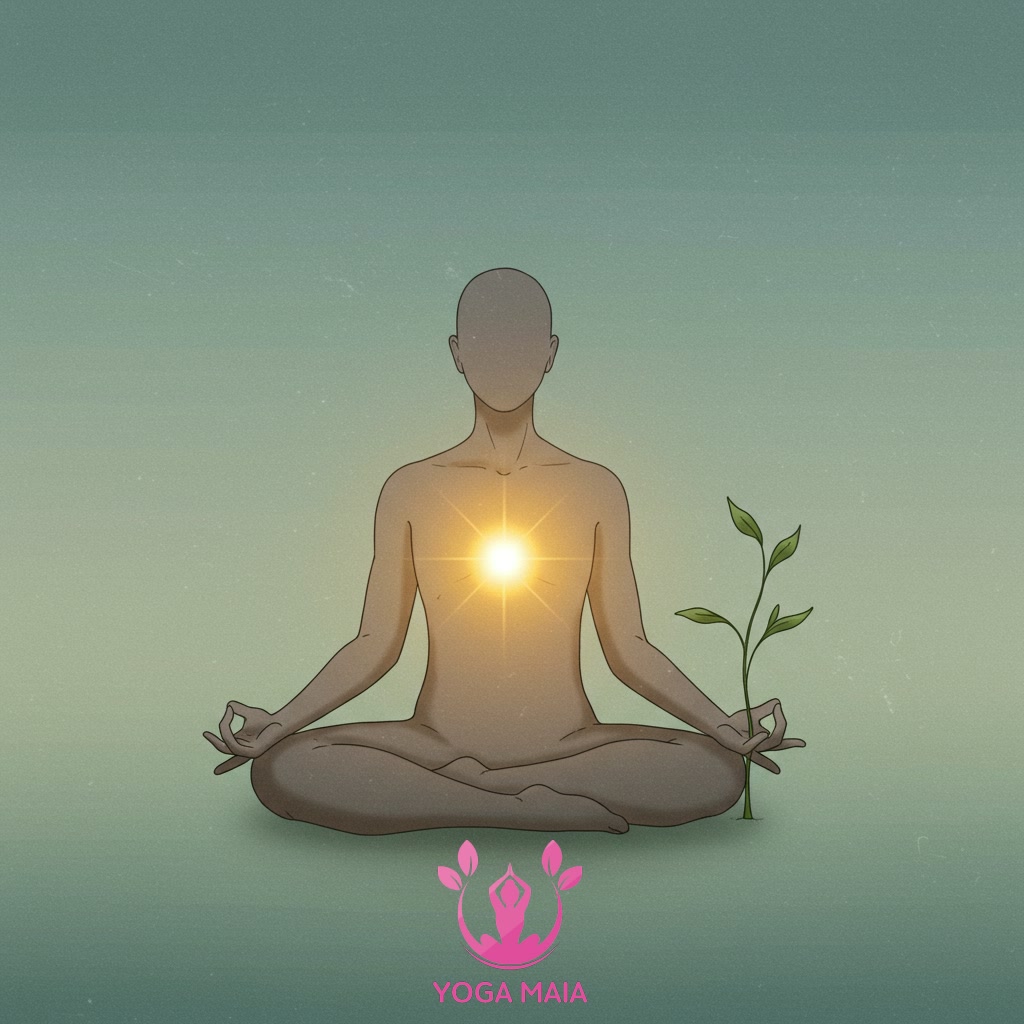 Cultivating Self-Discipline: Exploring Niyamas (Observances)
Cultivating Self-Discipline: Exploring Niyamas (Observances)
Section 4: The Physical Practice: Asana (Postures) and Pranayama (Breath Control)
Building upon the internal discipline cultivated through Niyamas, the yoga journey moves towards the physical practice, encompassing the third and fourth limbs: Asana and Pranayama. Asana refers to the physical postures or poses. Far more than mere exercise, these postures are practiced to bring stability, health, and lightness to the body, preparing it for deeper states of concentration. Following Asana is Pranayama, the control of the breath, or prana, the vital life force. Through specific breathing techniques, practitioners learn to regulate energy flow, calm the nervous system, and steady the mind, bridging the gap between the external practices and the internal states of consciousness that follow in the remaining limbs. Together, Asana and Pranayama form the foundation of the physical discipline in yoga, essential steps before progressing to withdrawal of the senses.
 The Physical Practice: Asana (Postures) and Pranayama (Breath Control)
The Physical Practice: Asana (Postures) and Pranayama (Breath Control)
Section 5: Turning Inward: Pratyahara (Sense Withdrawal)
Following Asana and Pranayama, the journey through the eight limbs arrives at Pratyahara, the fifth step. Pratyahara is often translated as sense withdrawal or turning inward. It represents the conscious effort to detach the mind from external sensory stimulation – sights, sounds, smells, tastes, and touch – that constantly pull our attention outwards. Instead of being reactive to the external world, Pratyahara cultivates the ability to direct awareness internally. This limb serves as a vital bridge, transitioning from the external practices of ethics, discipline, postures, and breath control to the more internal practices of concentration, meditation, and ultimate absorption. By mastering Pratyahara, practitioners gain greater control over their mental focus, laying the essential groundwork for the deeper states of consciousness explored in the later limbs. It’s about reclaiming energy and attention from the external rush and directing it towards the inner self.
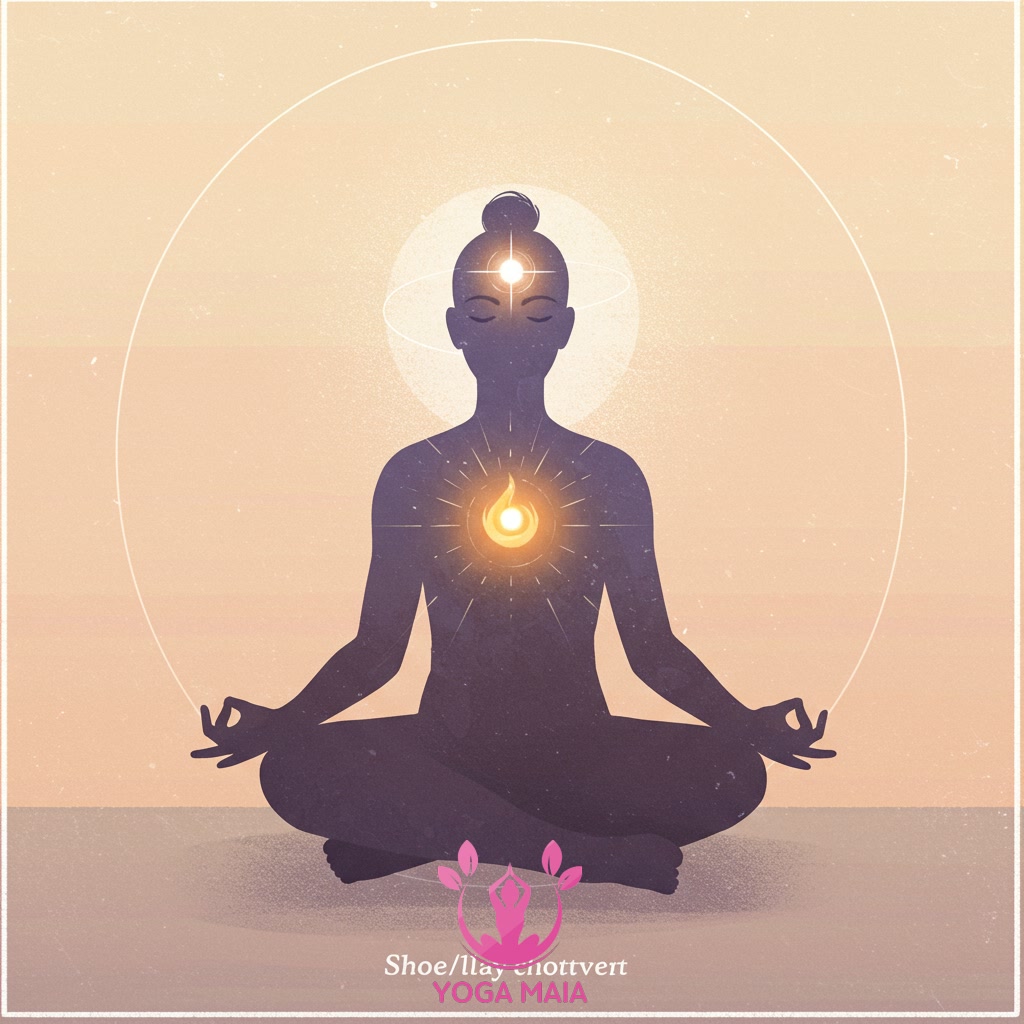 Turning Inward: Pratyahara (Sense Withdrawal)
Turning Inward: Pratyahara (Sense Withdrawal)
Section 6: Concentration and Meditation: Dharana (Concentration) and Dhyana (Meditation)
Building upon the inner stillness cultivated in Pratyahara, the journey continues with Dharana, or concentration. This sixth limb involves focusing the mind on a single point, object, or idea, such as the breath, a mantra, or a visual image. It requires conscious effort to direct and hold attention, training the mind to resist distractions. As this focused concentration deepens and becomes effortless, it naturally transitions into Dhyana, the seventh limb, which is meditation. Dhyana is a state of sustained, uninterrupted contemplation or absorption, where the practitioner remains fully aware but without the constant mental chatter or wavering focus characteristic of ordinary thought. It is a state of profound calm and presence, a natural flow of awareness distinct from mere thinking.
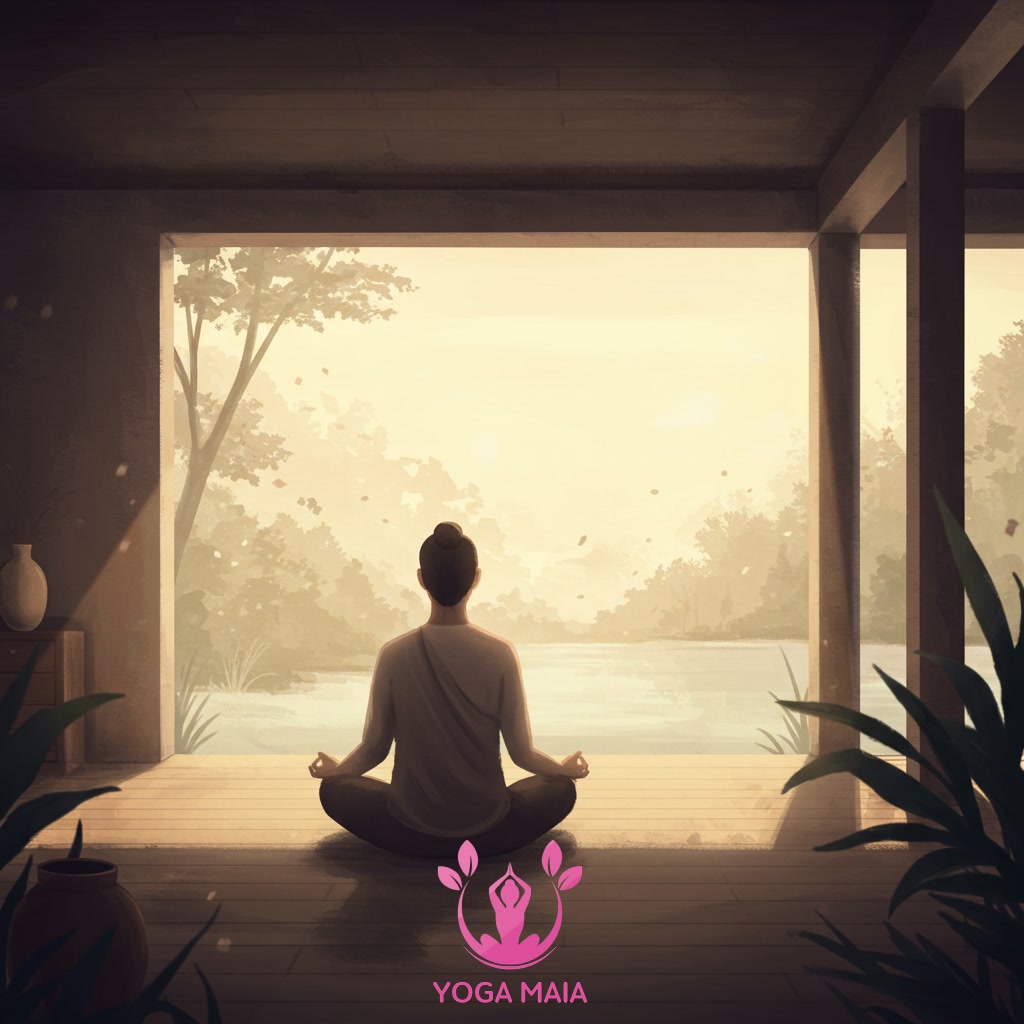 Concentration and Meditation: Dharana (Concentration) and Dhyana (Meditation)
Concentration and Meditation: Dharana (Concentration) and Dhyana (Meditation)
Section 7: The State of Union: Samadhi (Absorption)
Following the sustained focus of Dharana and the effortless flow of Dhyana (meditation), we reach Samadhi, the eighth and final limb: a state of complete absorption or union. In Samadhi, the distinction between the meditator, the act of meditation, and the object of meditation dissolves into a singular experience. It is not unconsciousness, but rather a state of profound, heightened awareness where the mind is fully absorbed, transcending duality and experiencing deep stillness and unity. This culmination of the yogic path leads to a sense of boundless peace, connection, and profound inner harmony, representing a state of liberation from the ordinary fluctuations of thought.
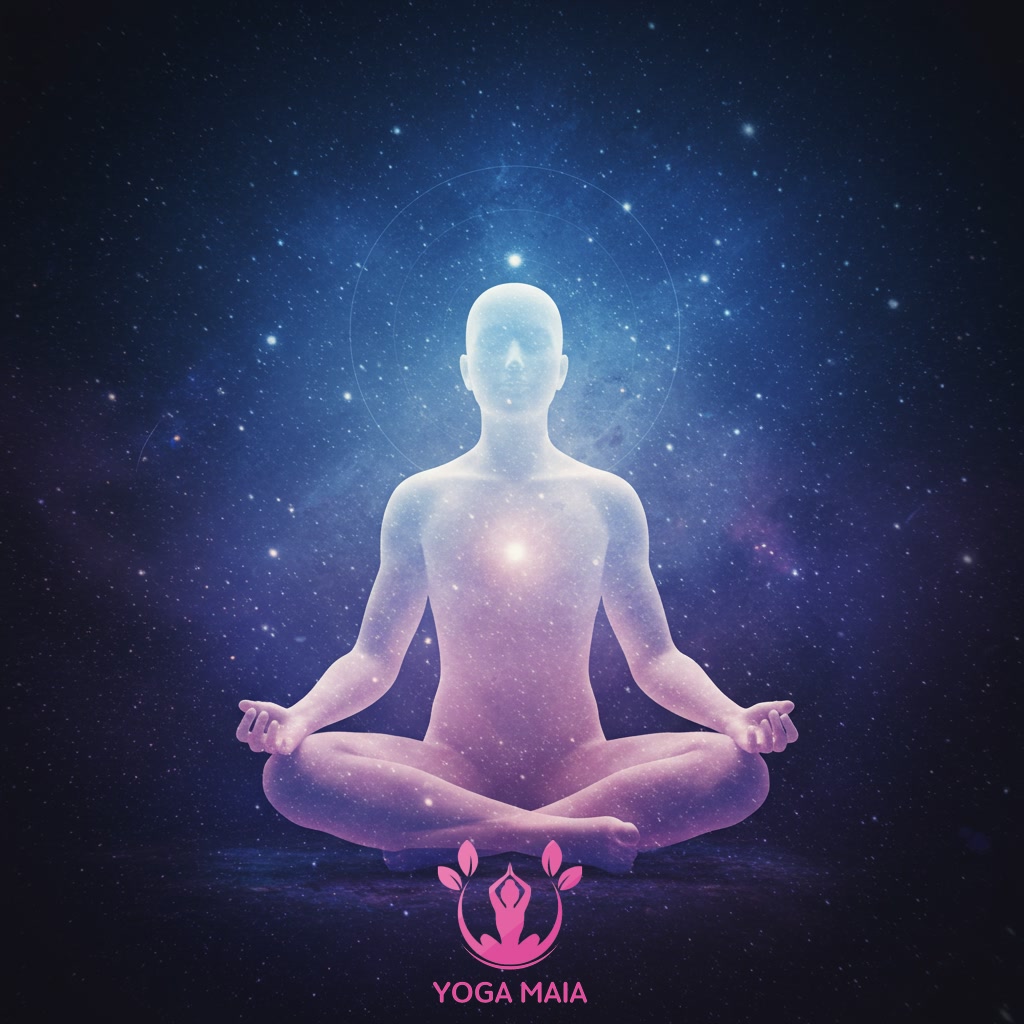 The State of Union: Samadhi (Absorption)
The State of Union: Samadhi (Absorption)
Section 8: Integrating the Eight Limbs in Ashtanga Yoga Practice
While the eight limbs culminate in Samadhi, the Ashtanga system provides a rigorous, structured path to *integrate* these principles into daily practice, not just reach a final state. The dynamic sequences (Asana) and specific breathing technique (Pranayama) inherently cultivate Yama (ethical restraints) through discipline and non-harming (Ahimsa) towards oneself, and Niyama (observances) through self-study (Svadhyaya) and devotion (Ishvara Pranidhana) to the practice itself. The demanding physical practice naturally leads to Pratyahara (sense withdrawal) as attention is drawn inward. Dharana (concentration) is developed through fixing the gaze (Drishti) and focusing on the breath, which deepens into Dhyana (meditation) as the movement and breath become a seamless, meditative flow. Through consistent effort and surrender, glimpses of Samadhi become possible, not as a distant goal, but as moments of profound absorption arising from the integrated practice of all preceding limbs.
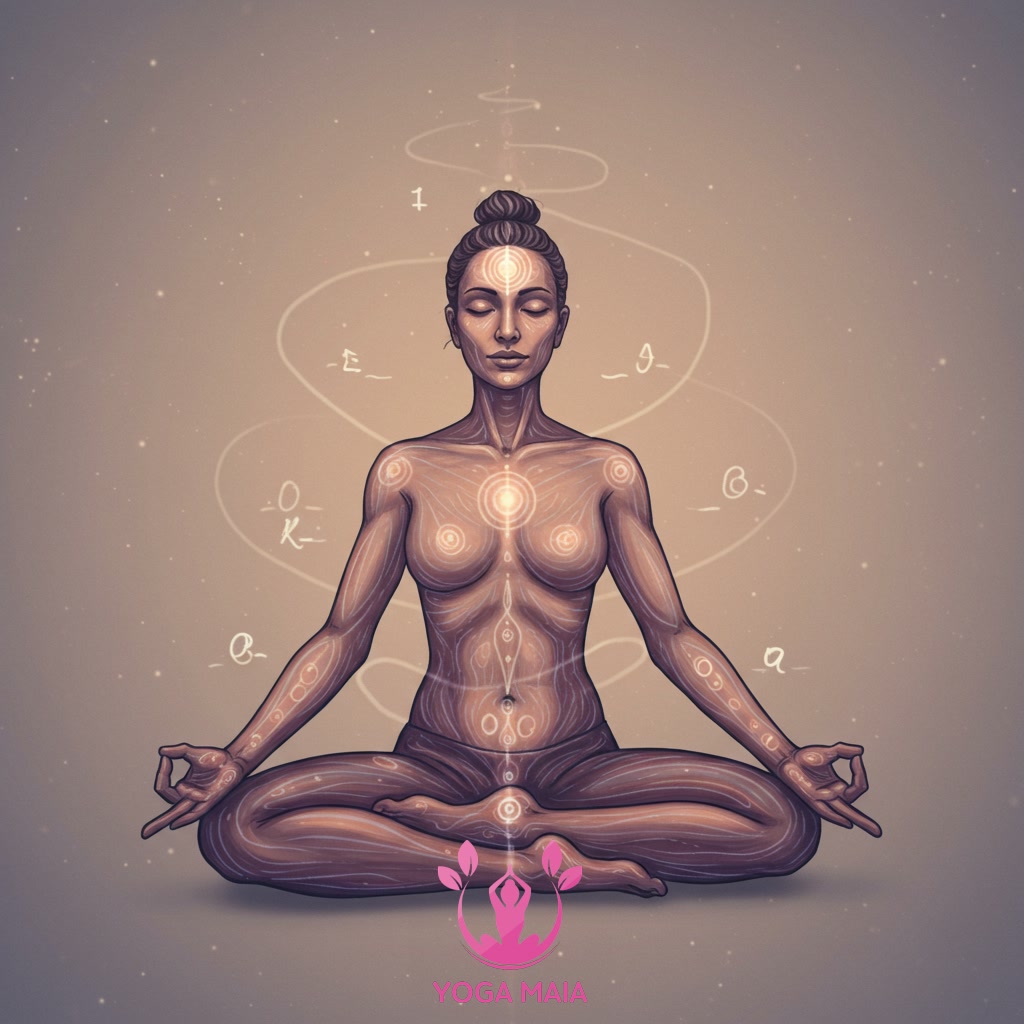 Integrating the Eight Limbs in Ashtanga Yoga Practice
Integrating the Eight Limbs in Ashtanga Yoga Practice












